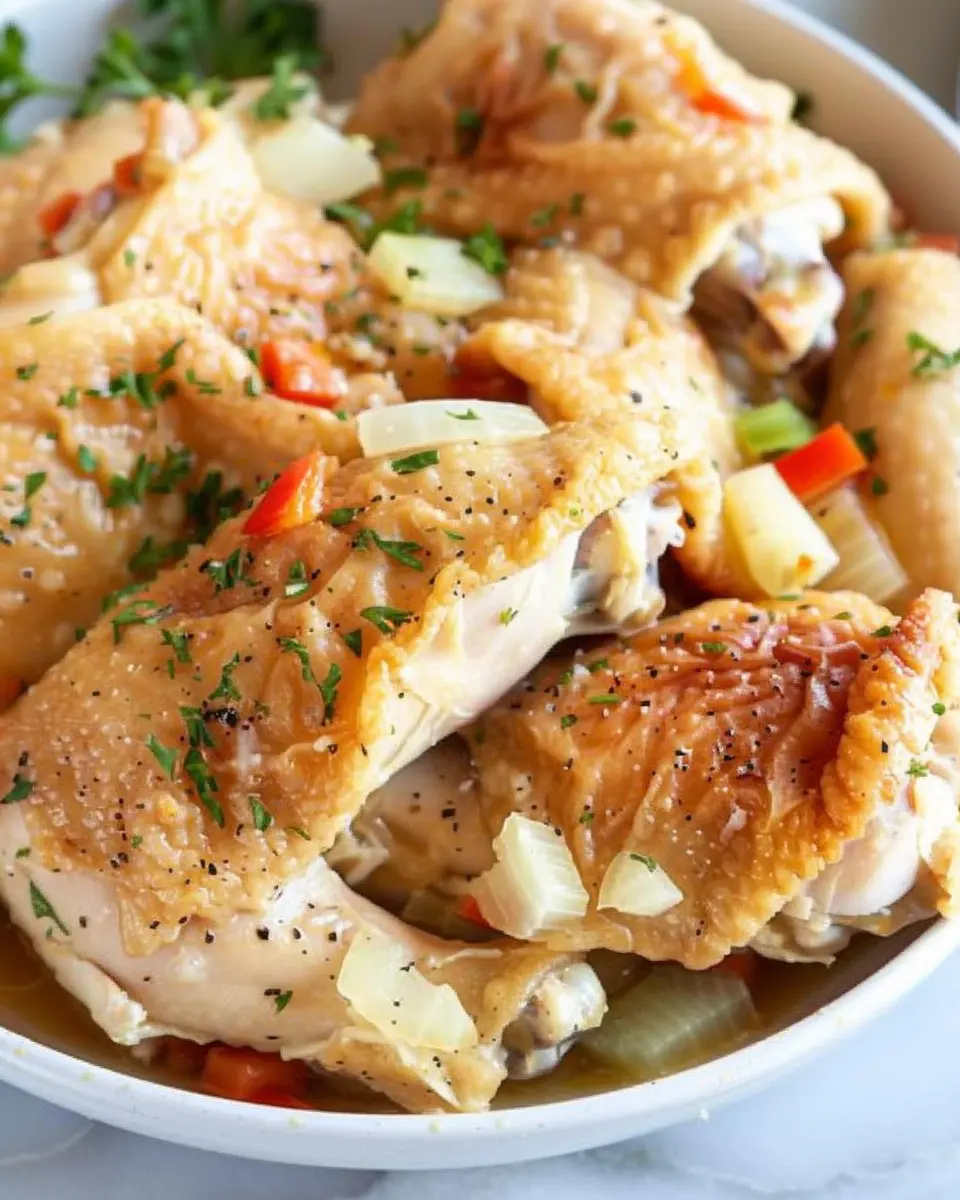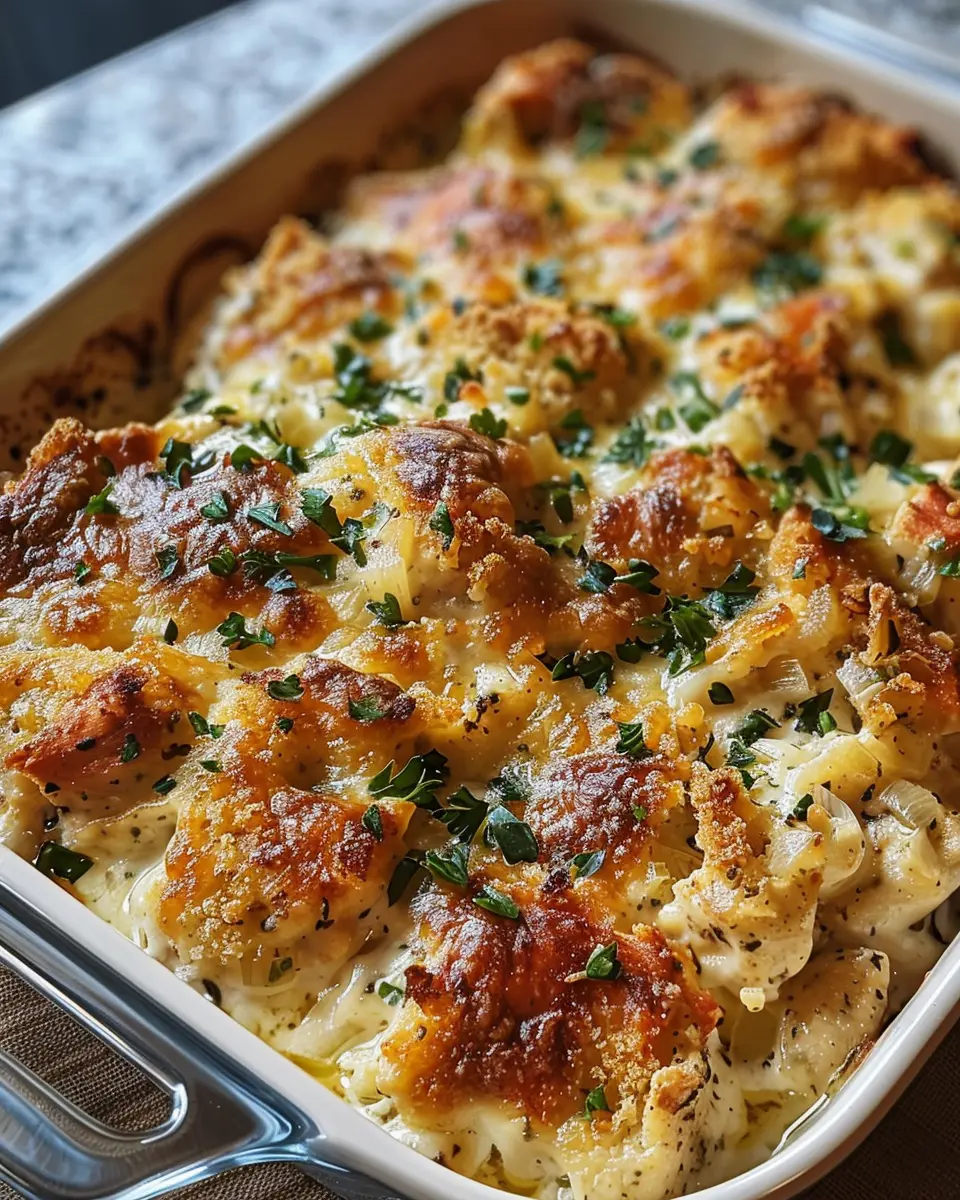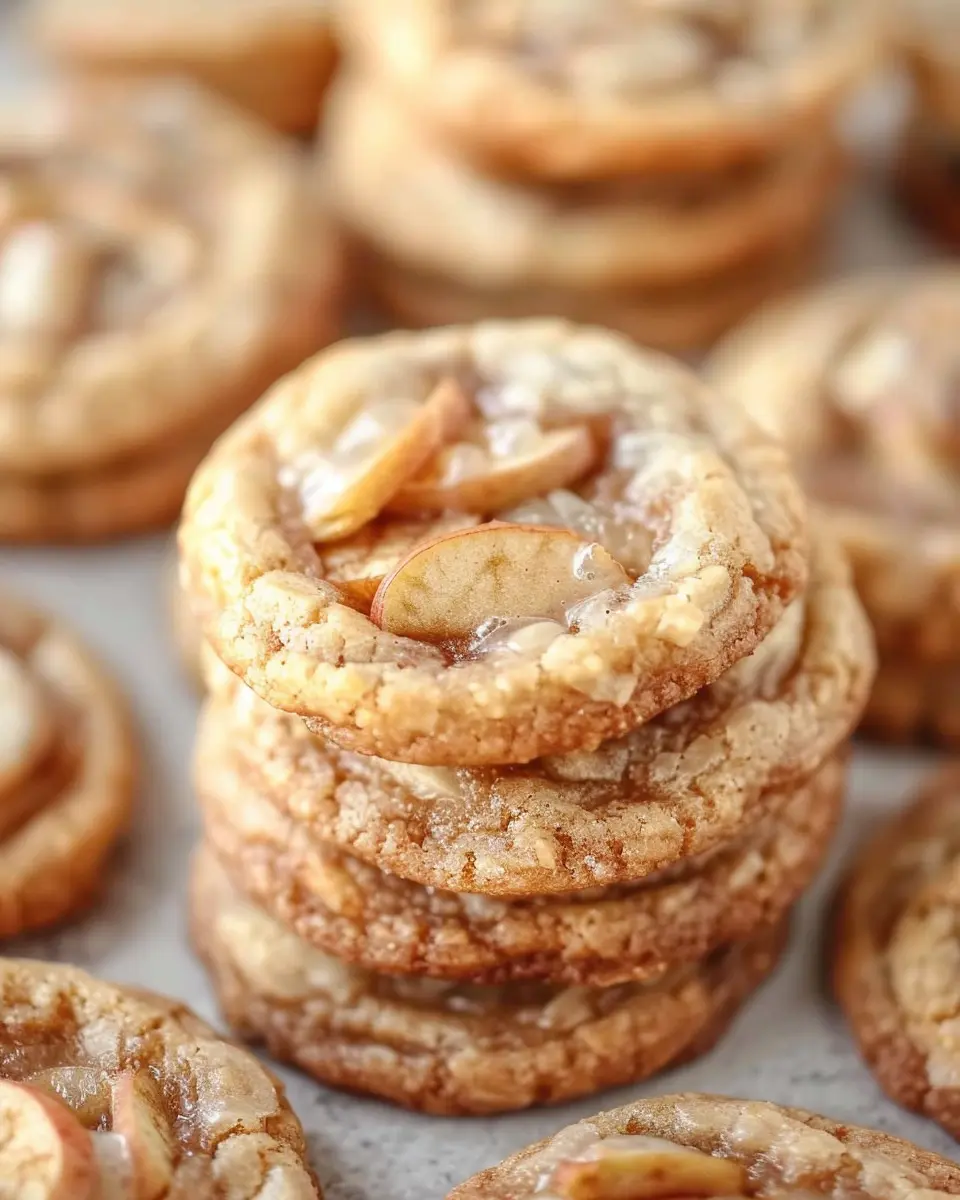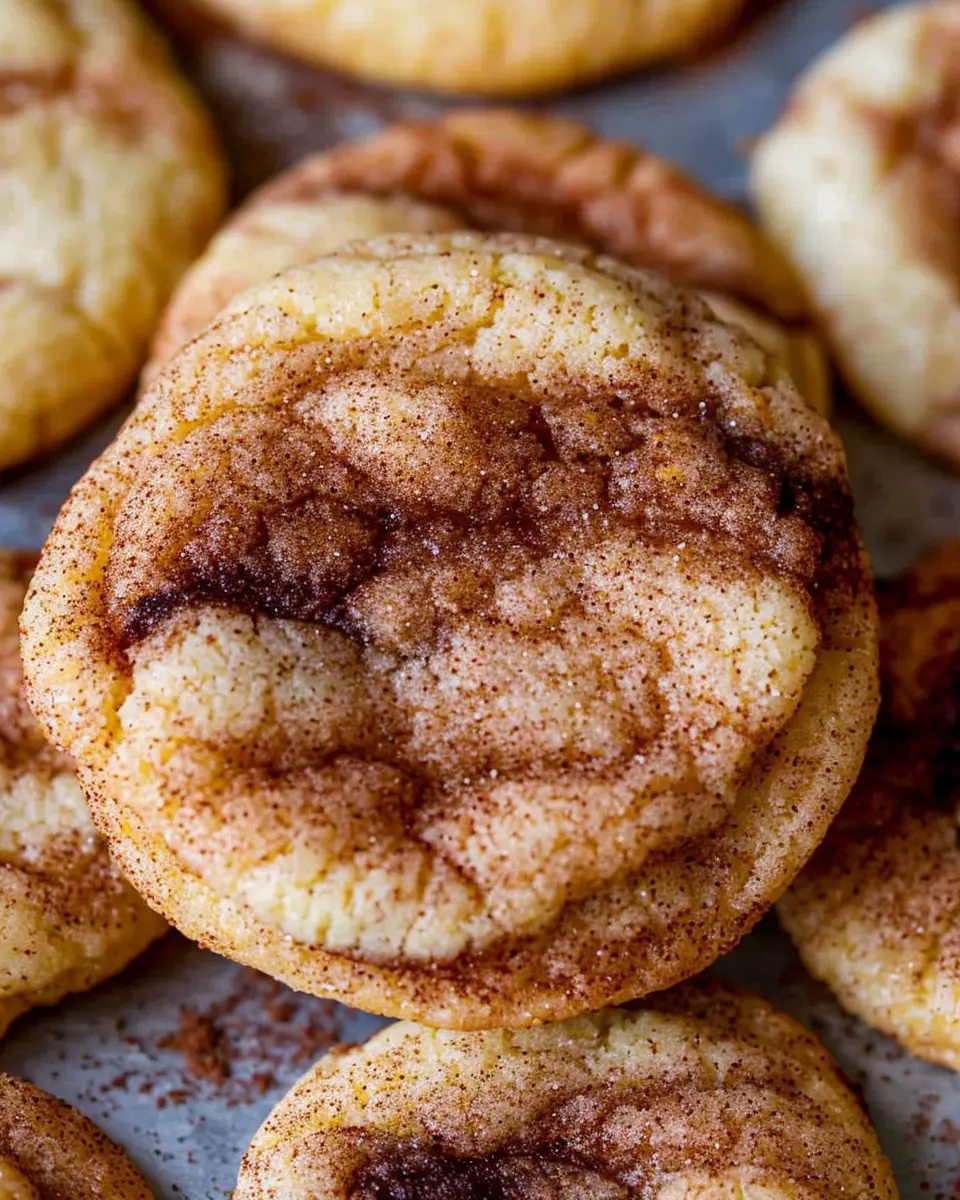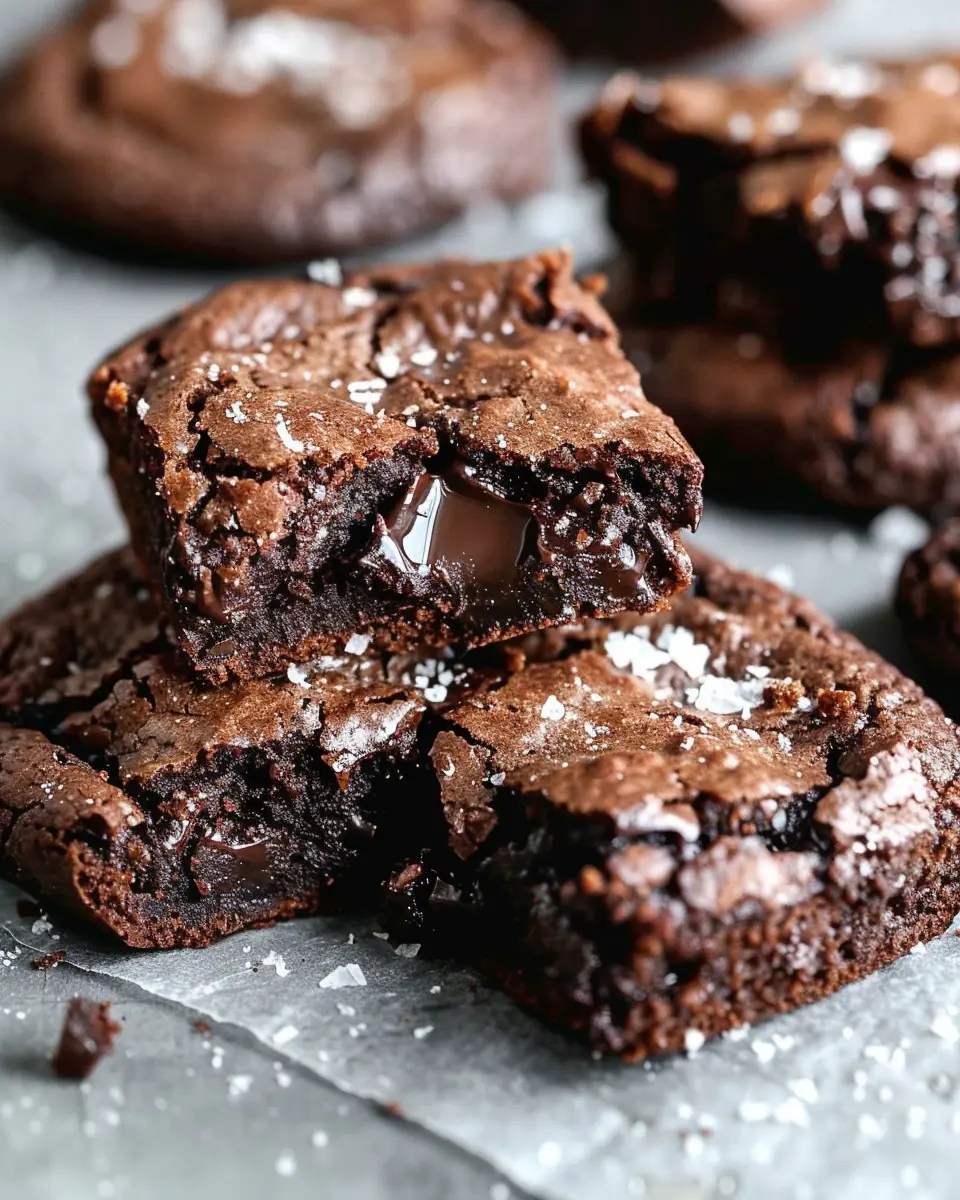Introduction to Artisan Bread
Artisan bread has gained a special place in our kitchens, serving as a game changer not just for toast but for meals as a whole. Wondering why? Let’s break it down!
Why artisan bread is a game changer for your meals
Imagine this: a freshly baked loaf, golden brown with a crust that crackles when you slice into it. It’s not just any bread; it’s artisan bread. This type of bread is handcrafted using traditional methods, typically with higher quality ingredients and a passion that commercial bread often lacks. Each loaf tells a story—of time, effort, and love.
So why is this so significant for your meals? First and foremost, the flavor profile of artisan bread is incredible. Unlike mass-produced bread, which can taste bland or artificial, artisan varieties boast an array of flavors that can enhance any dish. From the nuttiness of a whole grain loaf to the tangy notes of a sourdough, these breads can elevate your sandwiches or even stand alone as a delightful accompaniment to a platter of cheeses and charcuterie.
Another plus? Artisan bread is typically made with fewer preservatives, meaning it’s not just better for your palate but for your health as well. According to Harvard Health, consuming less processed food can significantly improve your overall well-being. Not to mention, when you choose artisanal, you’re often supporting local bakers and sustainable practices, contributing to a sense of community.
Let’s talk versatility. This bread can be the base for an amazing breakfast featuring turkey bacon, topped with eggs and avocado. Or for lunch, think of a fabulous chicken ham sandwich layered with fresh veggies. And for dinner? Picture a warm artisan baguette served alongside a flavorful soup, soaking up every drop of that savory goodness.
In a world of quick meals and instant snacks, taking the time to craft or purchase artisan bread is an investment in quality, taste, and well-being. So why not give it a try? Your meals—and your taste buds—will thank you!

Ingredients for Artisan Bread
Essential Ingredients for Flaky Artisan Bread
Baking artisan bread at home can be both a delightful and rewarding experience. The key to starting this journey lies in the essential ingredients that form the foundation of your loaf. You’ll need:
- Flour: Bread flour is ideal due to its higher protein content, which leads to a robust structure.
- Water: Use warm water (between 100°F to 110°F) to activate the yeast effectively.
- Yeast: A combination of active dry yeast and instant yeast can help achieve the perfect rise.
- Salt: Use sea salt for flavor; it strengthens the dough and helps control yeast activity.
These ingredients create the perfect base for a beautifully crispy crust and a soft interior.
For more tips on choosing the best flour, check out this article from King Arthur Baking.
Optional Ingredients for Added Flavor
While the basics are essential, you can elevate your artisan bread by playing with optional ingredients that add extra flavor and texture:
- Herbs and Spices: Consider incorporating rosemary, thyme, or even garlic powder to infuse your bread with aromatic goodness.
- Seeds: Flaxseed, sesame, or sunflower seeds can provide a delightful crunch and nutrition.
- Cheese: Adding grated cheese—like parmesan or cheddar—creates a savory twist to your loaf.
Feel free to mix and match these optional ingredients. The idea is to create a savory explosion that resonates with your taste buds! Want ideas on pairing flavors? Check out this guide on flavor combinations from The Kitchn. Happy baking!
Preparing Artisan Bread
Artisan bread has a reputation for its crusty exterior and soft, chewy interior, and the best part? You can make it right in your own kitchen! With a little time and the right techniques, you’ll be on your way to baking warm, fragrant loaves. Let’s dive into the process, shall we?
Gather Your Ingredients and Tools
Before you get started, it’s essential to have everything you need at arm’s reach. Here’s a quick list of what you need:
-
Ingredients:
-
Bread flour (about 4 cups)
-
Water (about 1.5 cups, warm)
-
Active dry yeast (1 packet or about 2¼ teaspoons)
-
Salt (1.5 teaspoons)
-
Optional: Sugar (1 tablespoon, to help activate the yeast)
-
Tools:
-
Mixing bowl
-
Wooden spoon or spatula
-
Kitchen scale (for accuracy)
-
Loaf pan or baking stone
-
Clean kitchen towel
-
Sharp knife or lame (for scoring the bread)
Having quality ingredients can make a significant difference. According to King Arthur Baking, using bread flour gives your artisan bread that delightful texture we all love.
Mixing and Activating the Yeast
To kick off the magic of bread making, you must first activate the yeast. In a bowl, mix warm water with the yeast and a sugar sprinkle, then let it sit for about 5 to 10 minutes. You’ll know it’s active when it starts to froth and bubble — that’s your signal it’s ready to work its magic!
Creating the Perfect Dough Consistency
Once your yeast is bubbling, it’s time to make the dough. In a large mixing bowl, combine the flour and salt, then slowly pour in the yeast mixture. Stir with a wooden spoon until a shaggy dough forms. If the dough seems too sticky, don’t worry! A little flour can help you achieve that perfect consistency.
Kneading the Dough Like a Pro
Kneading is essential for developing gluten, which gives your bread that lovely chew. Turn your dough onto a lightly floured surface and knead for about 10 minutes. You’re looking for the dough to become smooth and elastic — if it springs back when pressed, you’re on the right track! Take this time to think about the delicious toast or sandwiches you’ll make later — the anticipation makes the kneading worthwhile!
Letting the Dough Rise
Now comes the exciting part: letting the dough rise! Place your kneaded dough in a greased bowl, cover it with a clean kitchen towel, and let it rest in a warm area for about 1 to 2 hours. It should ideally double in size. This process, known as fermentation, is where all that flavor develops, so be patient!
Shaping the Loaf and Second Rise
Once your dough has risen, it’s time to shape it. Remove the dough from the bowl, gently punch it down to release some air, and form it into a loaf shape. Place it on a parchment-lined baking tray or in a loaf pan and cover it again. Let it rise for another 30-60 minutes until it has puffed up again.
Baking Your Artisan Bread to Perfection
The final step is the best part—baking! Preheat your oven to 450°F (230°C). Optionally, place a cast iron skillet on the bottom rack while preheating to create steam, helping you achieve that crusty exterior. Before baking, score the top of your loaf with a sharp knife or lame. This allows the bread to expand while baking and gives it that artisan look.
Bake for 25-30 minutes or until golden brown. Your kitchen will fill with an irresistible aroma that can make anyone’s mouth water. Let it cool before slicing, if you can resist!
Making artisan bread at home not only fills your kitchen with delicious scents but also provides a sense of accomplishment like no other. So get ready to impress your friends (or just yourself) with your baking skills!

Variations on Artisan Bread
When it comes to making artisan bread, the possibilities are endless! You can easily tweak the classic recipe to cater to your taste buds or dietary preferences. Here are a few variations to inspire your baking adventures.
Herb-Infused Artisan Bread
Imagine filling your kitchen with the aroma of fresh herbs wafting through the air as you bake. You can elevate your artisan bread by adding herbs like rosemary, thyme, or oregano directly into the dough. Not only do herbs enhance the flavor, but they also add a lovely touch of personality. A sprinkle of parmesan cheese on top can create a delightful crust. Add these flavors during the mixing process, and take your loaf to the next level!
For some excellent ideas on pairing herbs with bread, check out Serious Eats.
Whole Wheat Artisan Bread
If you’re looking for a healthier spin, consider making whole wheat artisan bread. This variation retains the awesome texture but adds fiber and nutrients. Substituting half of your all-purpose flour with whole wheat flour is a fantastic starting point. You’ll find that the nutty flavor enhances the overall taste, while still maintaining that delicious crust we all love. Plus, you’re adding benefits that will keep you feeling full and satisfied!
Sweet Artisan Bread Options
Who says artisan bread has to be savory? You can whip up sweet variations that make for perfectly indulgent breakfasts. Think along the lines of cinnamon swirl bread or a zesty lemon loaf. Add in ingredients like chocolate chips, fruits, or nuts to give your creation an extra twist. These sweet breads can even double as impressive gifts for friends and family. Trust me, they’re sure to be a hit at brunch!
So, roll up your sleeves and get experimenting! The world of artisan bread awaits, and it’s all yours for the baking.
Cooking Tips and Notes for Artisan Bread
Common Pitfalls and How to Avoid Them
Making artisan bread can feel daunting, but common mistakes are easy to sidestep. One major pitfall is over-proofing the dough. Keep an eye on it; it should double in size but not collapse under its weight. Another issue is using the wrong flour. Don’t skimp on high-quality bread flour, which offers the right gluten structure for that chewy texture we all love. If you’re curious about flour types, you can explore more here.
Expert Tips for the Perfect Crust
Achieving that beautiful, crunchy crust is all about the right technique. Steam in the oven is crucial—try placing a cast iron skillet filled with water at the bottom. This creates the moisture needed for a lovely crust. Additionally, bake your artisan bread on a preheated baking stone to enhance heat distribution.
Remember, patience is key. Let your bread cool completely before slicing to keep the crust intact—no one wants a soggy loaf! Happy baking!

Serving suggestions for Artisan Bread
Pairing with spreads and dips
When it comes to enjoying your homemade artisan bread, the right spreads and dips can elevate your experience to new heights. Consider pairing your crusty loaf with:
- Avocado spread: Creamy and rich, it complements the bread beautifully.
- Hummus: A protein-packed option, perfect for savory lovers.
- Cream cheese with herbs: Adds a delightful tang that balances the bread’s rustic flavor.
- Pesto: This fragrant basil delight will transport your taste buds right to an Italian market.
Want to explore even more flavor combinations? Check out places like the Bread Bakers Guild of America for tips on enhancing your bread pairings.
Creative ways to use your artisan bread
Your artisan bread isn’t just for slicing and buttering. Get creative with these ideas:
- Bread salad (panzanella): Mix stale chunks of bread with ripe tomatoes, basil, and vinaigrette for a refreshing summer dish.
- French toast: Use your bread for a twist on this classic, adding eggs, milk, and a sprinkle of cinnamon.
- Grilled cheese sandwich: Elevate your lunchtime favorite with gourmet cheese and turkey bacon or chicken ham.
- Breadcrumbs: Don’t waste even a crumb! Blitz leftover bread into crumbs for topping casseroles or for use in meatballs.
Embrace the versatility of your artisan bread. It’s not just a sidekick but the star of many meals!
Time Breakdown for Artisan Bread
When it comes to making your own artisan bread, understanding the time commitment is key to a successful baking experience. Here’s how your day will unfold:
Preparation Time
Setting aside about 30 minutes for preparation is ideal. This includes gathering your ingredients, mixing your dough, and shaping it. Don’t rush—enjoy the process! If you’re new to baking, check out some beginner tips on kingarthurbaking.com to ease your nerves.
Rising Time
The magic happens during the rising time, which can take anywhere from 4 to 12 hours depending on your recipe and the ambient temperature. This long fermentation allows flavors to develop, so be patient—good things come to those who wait!
Baking Time
Once your dough has risen, expect to spend around 30-40 minutes baking it to golden perfection. Your kitchen will be filled with an irresistible aroma as the bread cooks!
Total Time
All in all, you’re looking at about 5 to 13 hours from start to finish. The bulk of the time invested is during the rising phase, so plan accordingly! With a little prep, your homemade artisan bread will be worth every minute. Happy baking!
Nutritional Facts for Artisan Bread
Calories per slice
When enjoying homemade artisan bread, it’s good to know what you’re indulging in. On average, a slice contains about 80–100 calories, depending on the ingredients used and the thickness of the slice. So whether you’re slathering on some butter or using it as a vehicle for your favorite sandwich filling, it can fit into a balanced diet.
Key nutrients found in artisan bread
Artisan bread isn’t just about taste; it’s also a source of important nutrients. Here are some key components you’ll find:
- Fiber: Whole grain variations can provide up to 3-4 grams per slice, great for digestion.
- B Vitamins: Essential for energy production and overall health.
- Minerals: Includes iron and magnesium, which are vital for your body’s functions.
- Protein: A slice can offer around 3 grams, helping to keep you full longer.
For more details, you can check out resources like the USDA FoodData Central for an in-depth look at nutritional values.
Including artisan bread in your meals not only satisfies your cravings but also gives you a nutritional boost. So, the next time you enjoy a slice, revel in the fact that you’re treating your taste buds and your body!
FAQs about Artisan Bread
What makes artisan bread different from regular bread?
Artisan bread stands out for its hand-crafted quality and minimalistic approach to ingredients. Unlike mass-produced bread, which often includes preservatives and additives, artisan bread typically focuses on just four primary components: flour, water, salt, and yeast. This simplicity allows for a variety of textures, crusts, and flavors that can be enhanced through natural fermentation processes, often leading to a more complex taste. You might notice that many artisan bread lovers appreciate the rich, chewy crust and airy interior, which can be attributed to careful hand-kneading and the use of sourdough starters or lengthy fermentation times.
Can I make artisan bread without a bread maker?
Absolutely! Making artisan bread by hand is not only feasible but can also be a rewarding experience. All you need are basic kitchen tools, such as bowls, a baking sheet, and a good oven. Many recipes available online provide detailed instructions on kneading and shaping the dough, ensuring you can achieve that delectable crust and soft crumb. Whether you opt for a beautifully rustic country loaf or a flavorful focaccia, the joy of creating bread from scratch is part of the process. For a step-by-step guide, check out this informative source.
How do I store artisan bread to keep it fresh?
To keep your artisan bread fresh, consider these easy tips:
- Paper bag: For short-term storage, place your bread in a paper bag at room temperature. This allows airflow while preventing excessive moisture.
- Cloth bag: Wrapping your loaf in a clean cloth can also help maintain texture and prevent it from getting too hard.
- Freezing: For long-term storage, slice your artisan bread and freeze it in an airtight container. This way, you can enjoy a piece whenever you crave it!
With these simple techniques, you can savor your artisan bread for days to come. Happy baking!
Conclusion on Artisan Bread
The joys of homemade artisan bread
Baking artisan bread at home is a delightful journey filled with rewarding moments. Imagine pulling a crusty, golden loaf from the oven, the aroma wafting through your kitchen—it’s a simple pleasure that brings warmth and comfort.
Home-cooked bread not only elevates your meals but also allows for creativity. With ingredients like fresh herbs, spices, and even cheese, each loaf can be uniquely yours.
Engage with the process—feel the dough, watch it rise, and relish the satisfaction of creating something truly special. Curious about the health benefits of whole grains in your artisan bread? Check out Healthline’s article on whole grains for more insightful tips. Enjoy your baking adventure!
Print
Artisan Bread Made Easy: Bake Your Own Homemade Delight
Learn how to bake your own artisan bread at home with simple techniques and ingredients.
- Total Time: 1 hour 30 minutes
- Yield: 1 loaf 1x
Ingredients
- 4 cups bread flour
- 1 1/2 cups warm water
- 2 teaspoons salt
- 1 teaspoon sugar
- 2 teaspoons active dry yeast
Instructions
- In a large mixing bowl, combine warm water, sugar, and yeast. Let it sit for about 5 minutes until frothy.
- Add the flour and salt to the bowl and mix until a rough dough forms.
- Knead the dough on a floured surface for about 10 minutes until smooth.
- Place the dough in a greased bowl, cover it with a damp cloth, and let it rise for 1 hour.
- Preheat your oven to 450°F (230°C) and place a Dutch oven inside to heat.
- Shape the dough into a ball and let it rest for 30 minutes.
- Carefully transfer the dough to the hot Dutch oven, cover, and bake for 30 minutes.
- Remove the lid and bake for an additional 15 minutes until golden brown.
- Let the bread cool on a wire rack before slicing.
Notes
- For a crustier bread, add steam to the oven by placing a pan of water at the bottom.
- Experiment with herbs and spices for different flavors.
- Prep Time: 15 minutes
- Cook Time: 45 minutes
- Category: Bread
- Method: Baking
- Cuisine: European
- Diet: Vegetarian
Nutrition
- Serving Size: 1 slice
- Calories: 150
- Sugar: 0.5g
- Sodium: 300mg
- Fat: 1g
- Saturated Fat: 0g
- Unsaturated Fat: 0g
- Trans Fat: 0g
- Carbohydrates: 30g
- Fiber: 1g
- Protein: 5g
- Cholesterol: 0mg
Keywords: Artisan Bread




